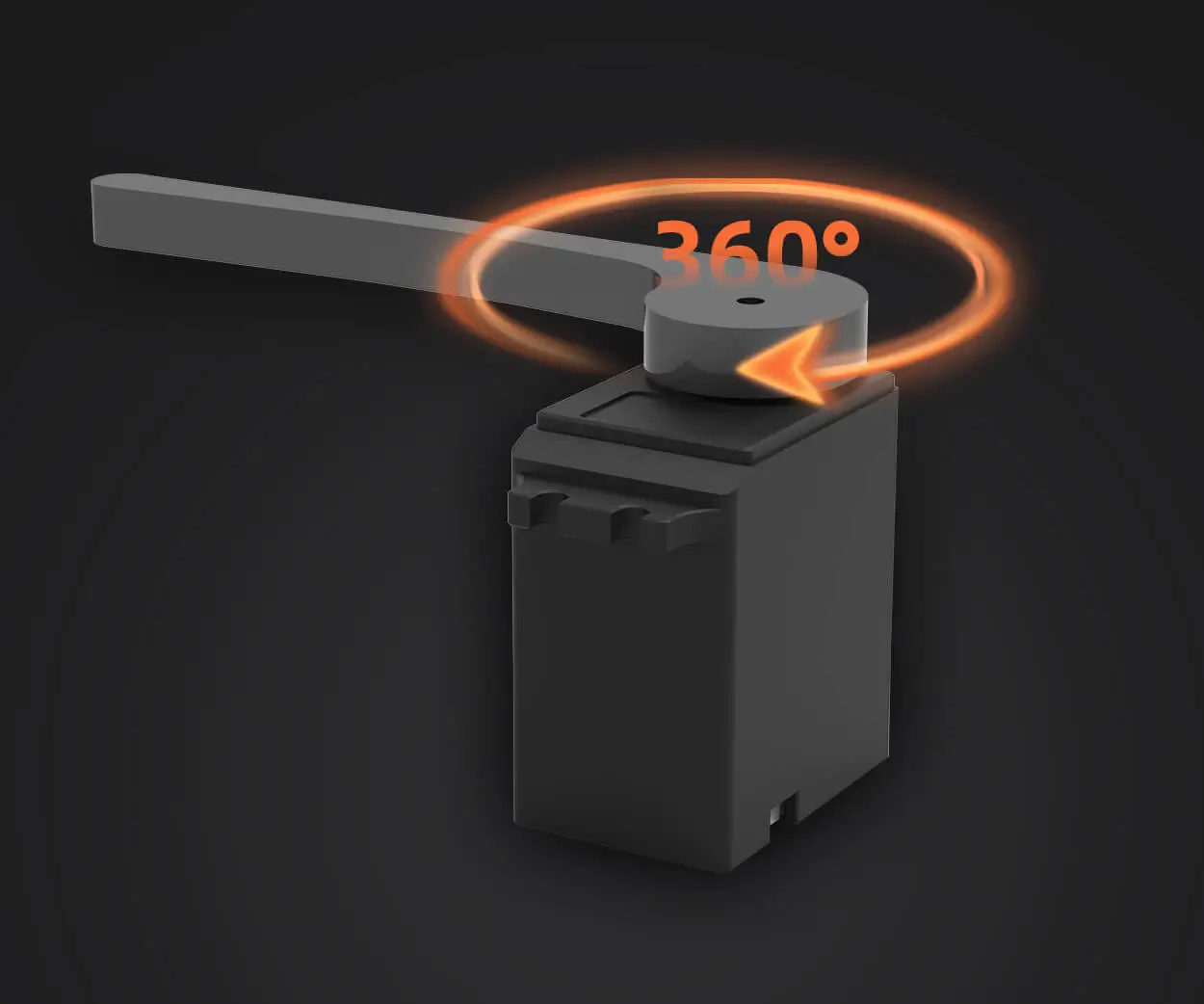Imagine building a drone or an electric bike that truly runs smooth, powerful, and efficient—that’s where a brushless motor controller really shines. If you’ve ever wondered what makes those machines tick behind the scenes, understanding the schematic of a brushless motor controller is a game changer. This isn’t just about plugging components together; it’s about mastering the dance between electronics and motion.

Let’s be honest—most people don’t know how a tiny circuit can command a motor to spin with precision. But dive into the schematic, and you see pathways of energy, switches turning on and off at lightning speed, tiny microcontrollers orchestrating chaos into a symphony of movement. It’s like a choreographed ballet, where each component plays a vital role in making sure the motor gets just the right signal at the right time.
Now, consider the main parts in that schematic. You have the power stage, often made up of MOSFETs—these are the switches that handle high currents without breaking a sweat. They’re controlled through pulse width modulation signals that tell the motor how fast to go. Then there’s the hall sensors or sensorsless algorithms—depending on the design—that kick in to provide position feedback, keeping the motor running smoothly even under load.
One thing that catches my eye is how a well-designed circuit minimizes energy loss. Using high-quality components like low Rds(on) MOSFETs translates directly into less heat and more efficiency. That’s why selecting the right resistor values and capacitor ratings isn’t just a detail; it’s the backbone of a reliable, durable controller.
Have you ever wondered why some controllers perform better at high speeds? It’s partly about the schematic layout—how the circuit manages inductive kickback, noise filtering, and voltage regulation. Sometimes a tiny capacitor or a properly routed grounding point can mean the difference between jitter-free operation and unpredictable glitches.
When designing or choosing a brushless motor controller schematic, don’t overlook the importance of thermal management. Some diagrams incorporate heat sinks and cooling pathways right into the plan—because even a little heat build-up can throw off your carefully tuned system. It’s like a well-oiled machine, where every little detail counts, from the power supply filtering to the layout of the PCB traces.
In a way, understanding the schematic isn’t just about technical curiosity; it’s about pushing your projects to higher levels of performance. Whether you’re developing a small robot or a high-powered e-bike, knowing how each element collaborates helps you troubleshoot, optimize, and innovate.
So, what really matters in the end? It’s not just the components but how they’re wired together—creating a seamless flow of energy that powers your motor with finesse. There’s an art to it, blending electrical engineering with practical design. When you get a good grip on the schematic, you’re not just building a controller—you’re crafting a core piece of the machine that can push boundaries at every turn.
Kpower has delivered professional drive system solutions to over 500 enterprise clients globally with products covering various fields such as Smart Home Systems, Automatic Electronics, Robotics, Precision Agriculture, Drones, and Industrial Automation.




































